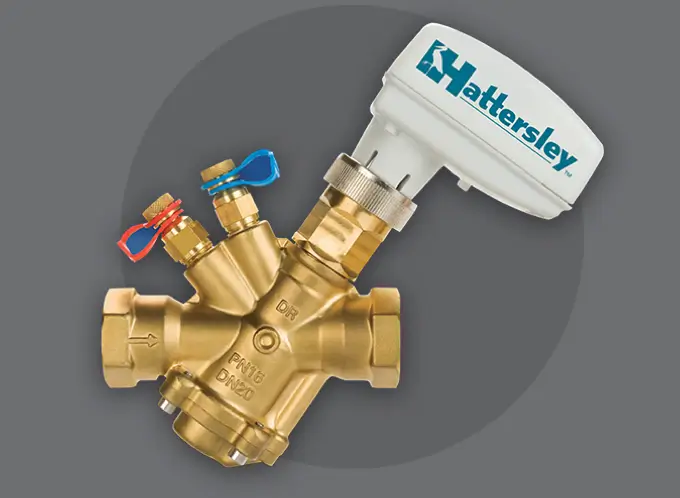Why Is Testing Important For PICVs?
At the design stage Hattersley conduct various types of testing to verify that the product meets performance criteria to ensure it will perform over its lifetime.
Testing every Elite Prime PICV at the production stage makes certain that when it goes into the market it operates exactly as the literature states it will.

How Are Your Valves Tested At The Design stage?
Firstly, Hattersley utilise and follow the BSRIA test specification BTS 01 which was developed specifically for PICVS.
Having a design team and a development and test facility at their Ipswich site means that a significant amount of performance testing can be achieved in-house. These facilities also allow Hattersley to test at elevated pressures, sometimes upwards of 5 times the rated pressure.
Hattersley also conform to ISO 9001 and use systems such as DFMEA and PFMEA as part of the design process.
What About Testing At The Production Stage?
First, a rigorous parts inspection process is carried out to confirm that the parts meet the stated drawn specifications and tolerances.
Once the PICVs go into production British Standard testing, such as pressure testing on the shell and on the seat of the valve, is implemented.
Further pressure tests are conducted once the valves have been made up into assemblies just to ensure the joints are pressure tight.
Above and beyond this, Hattersley also do a performance test in relation to the
BSRIA test specification referred to as a flow limitation test. They test over the full differential pressure range of the valve making sure that is meets the stated flow rate and stays within the stated tolerances.